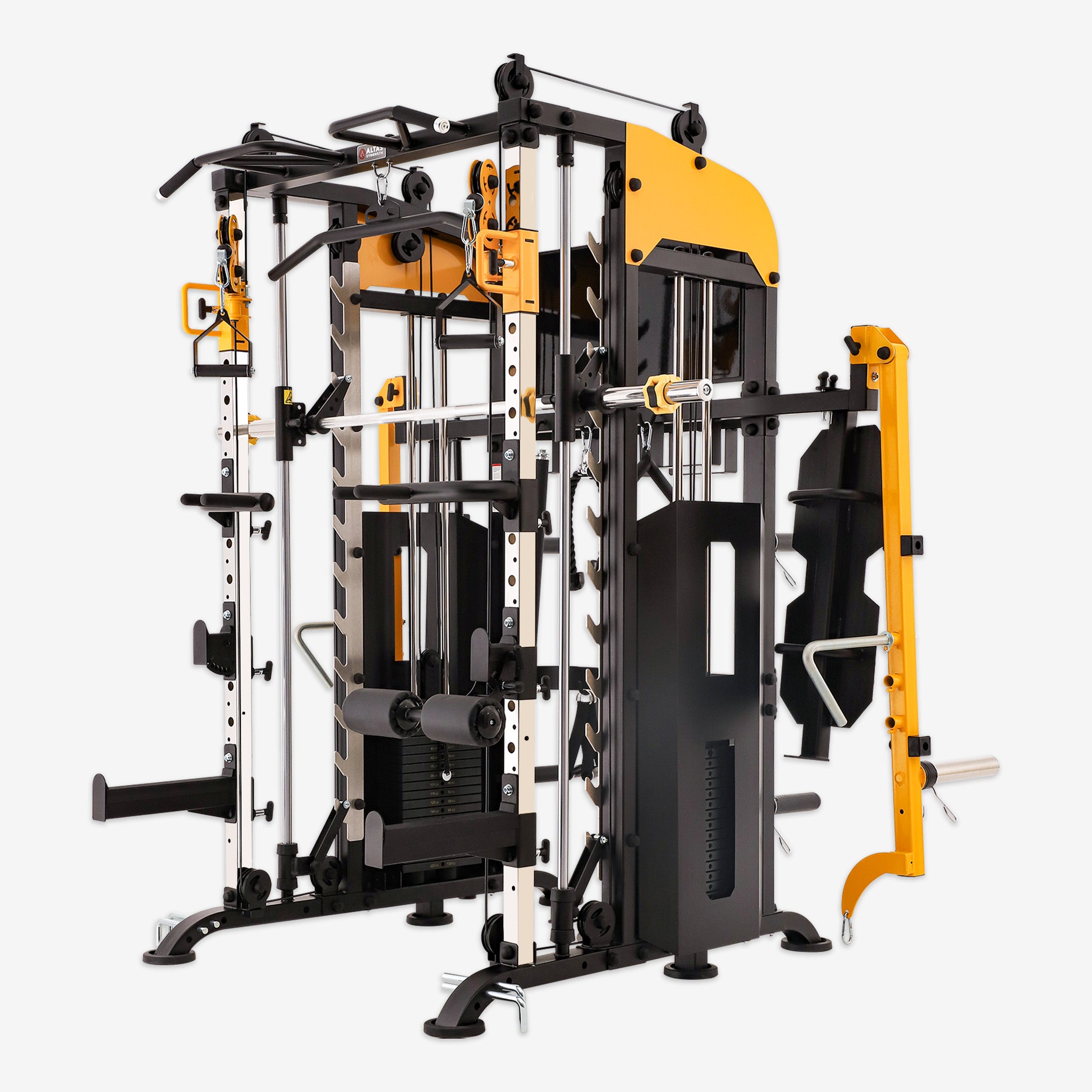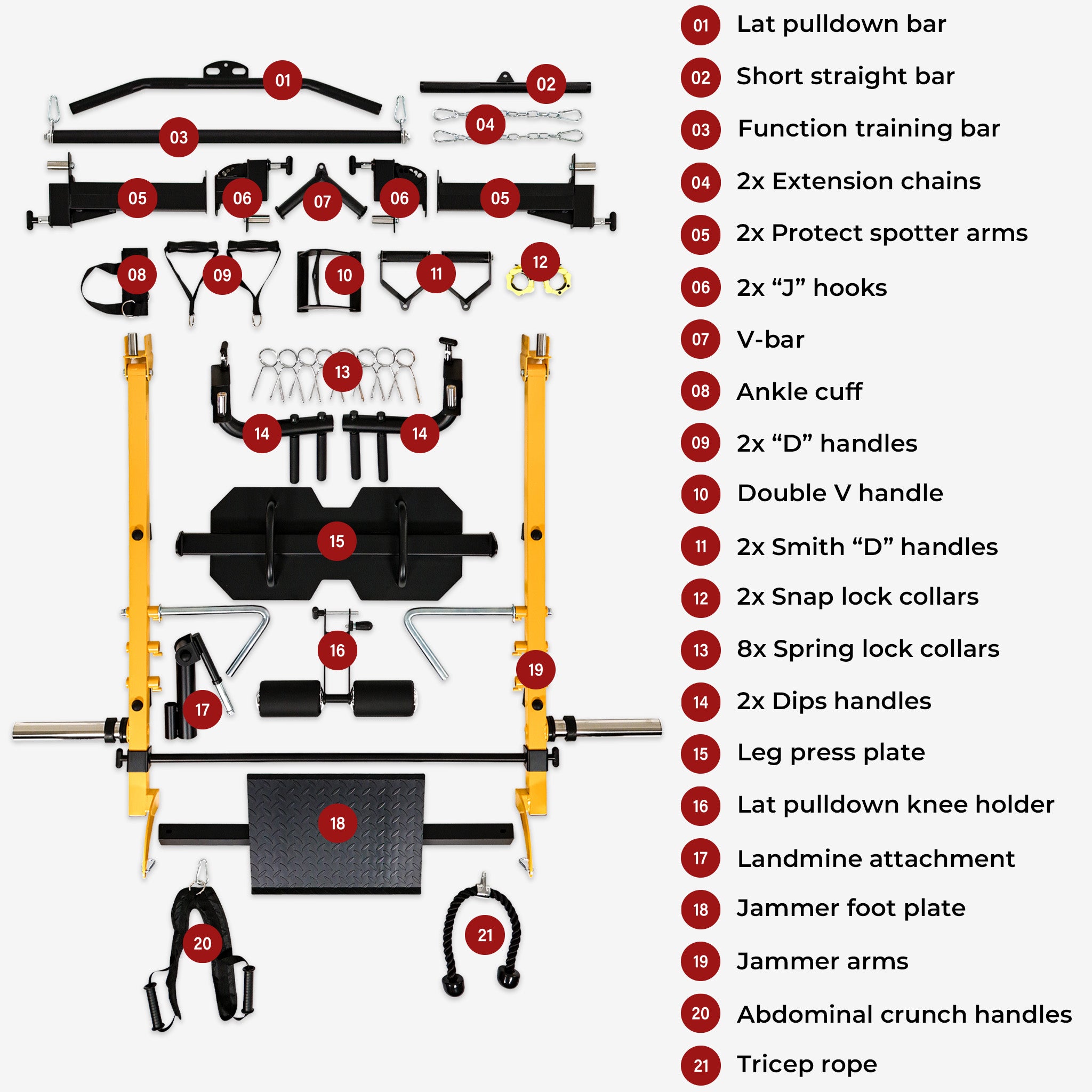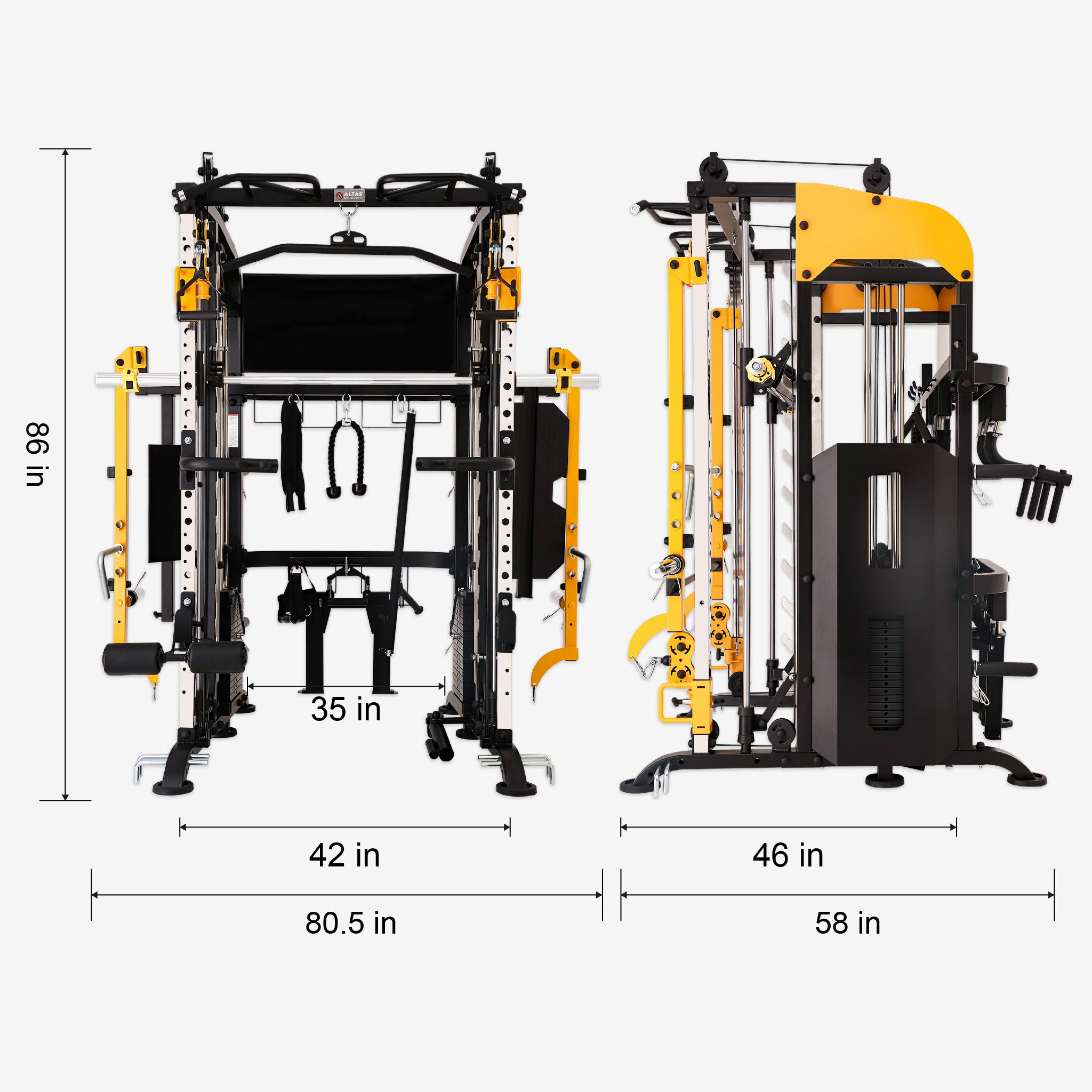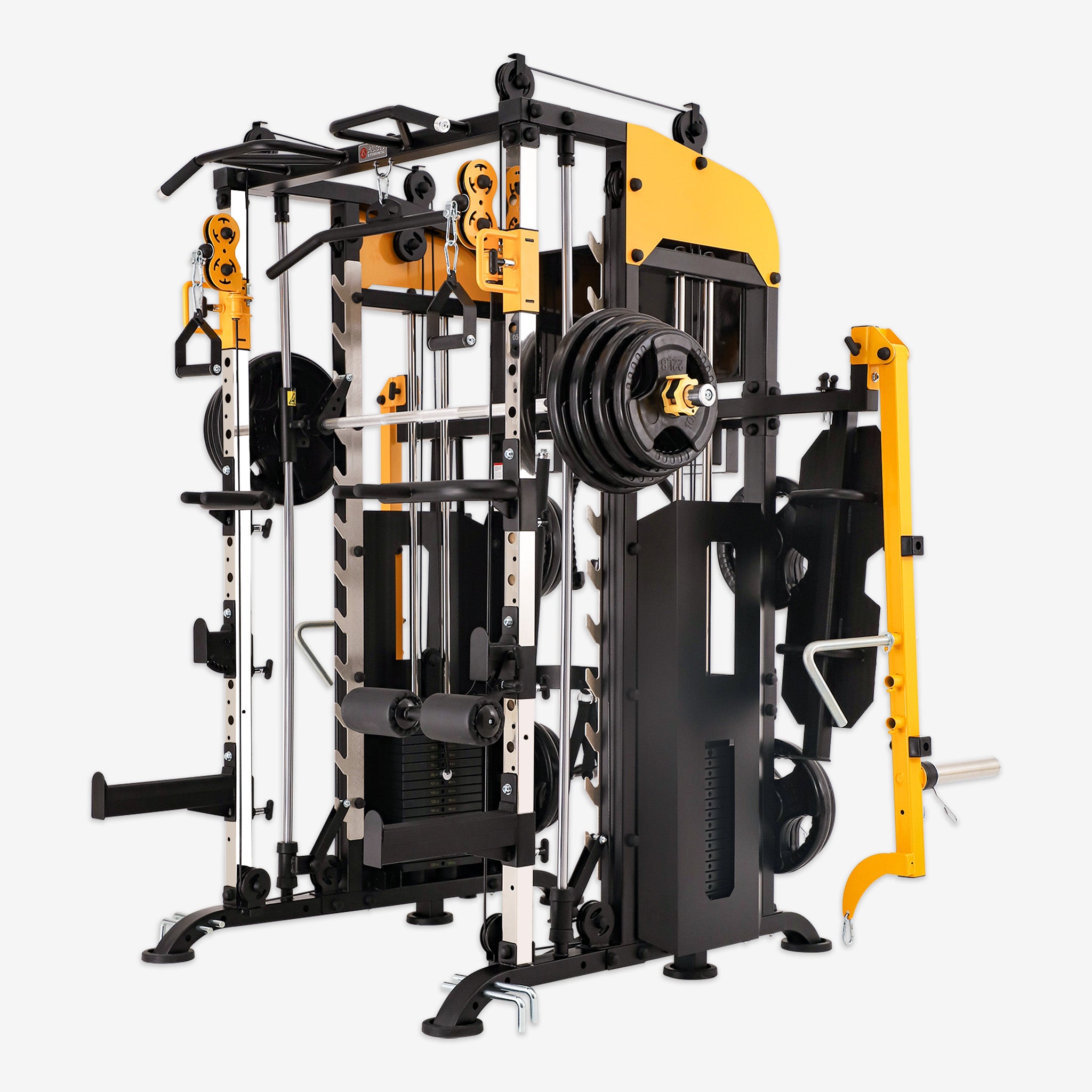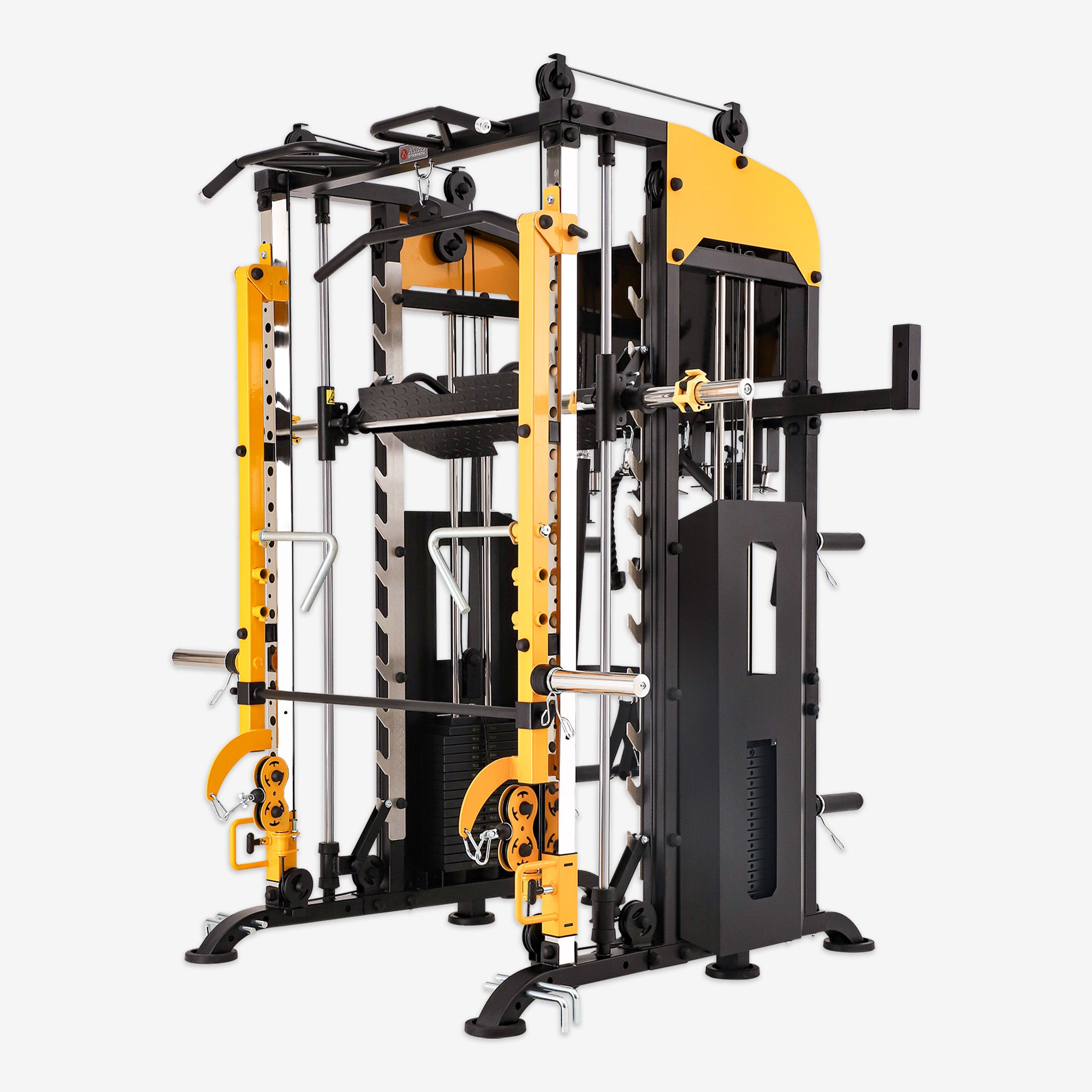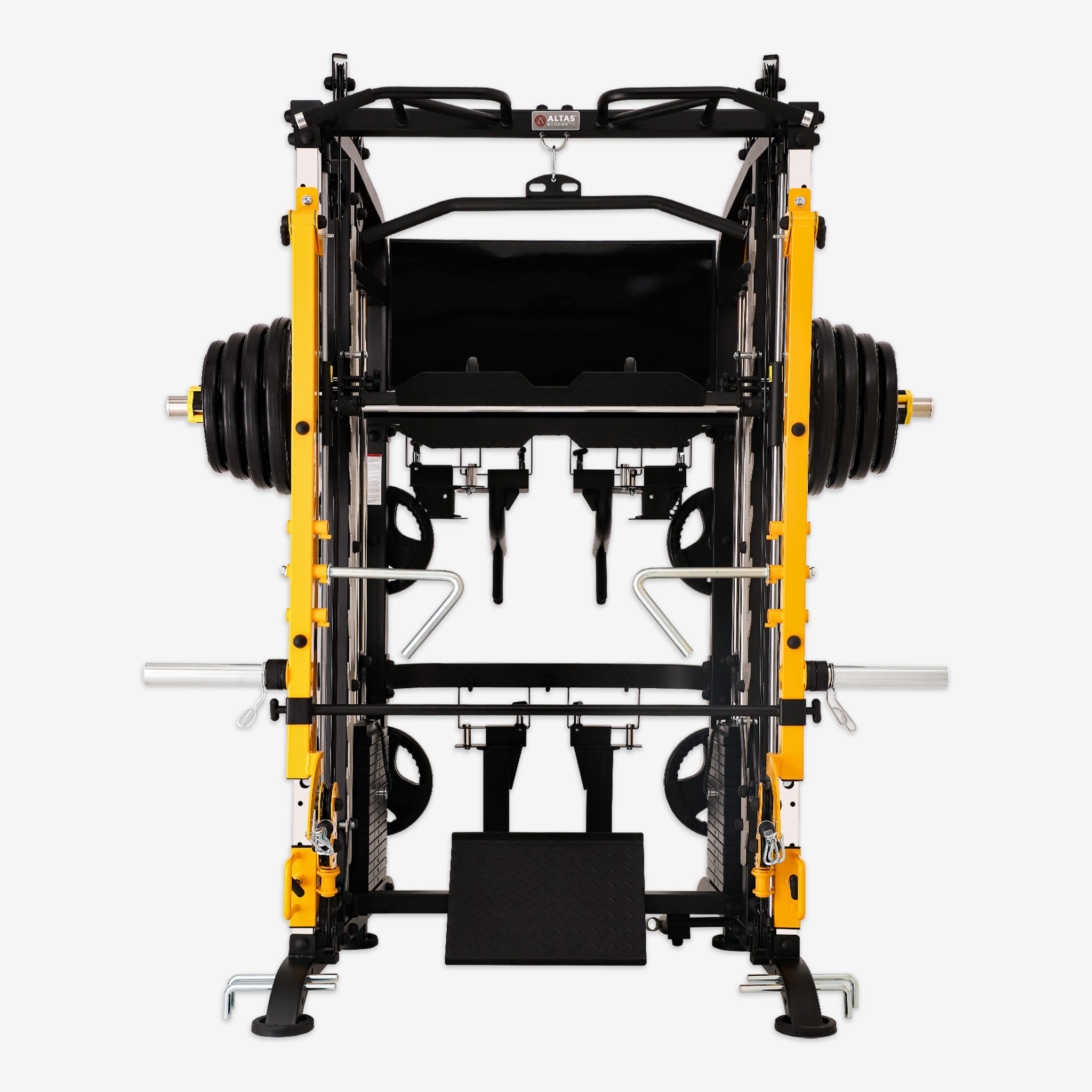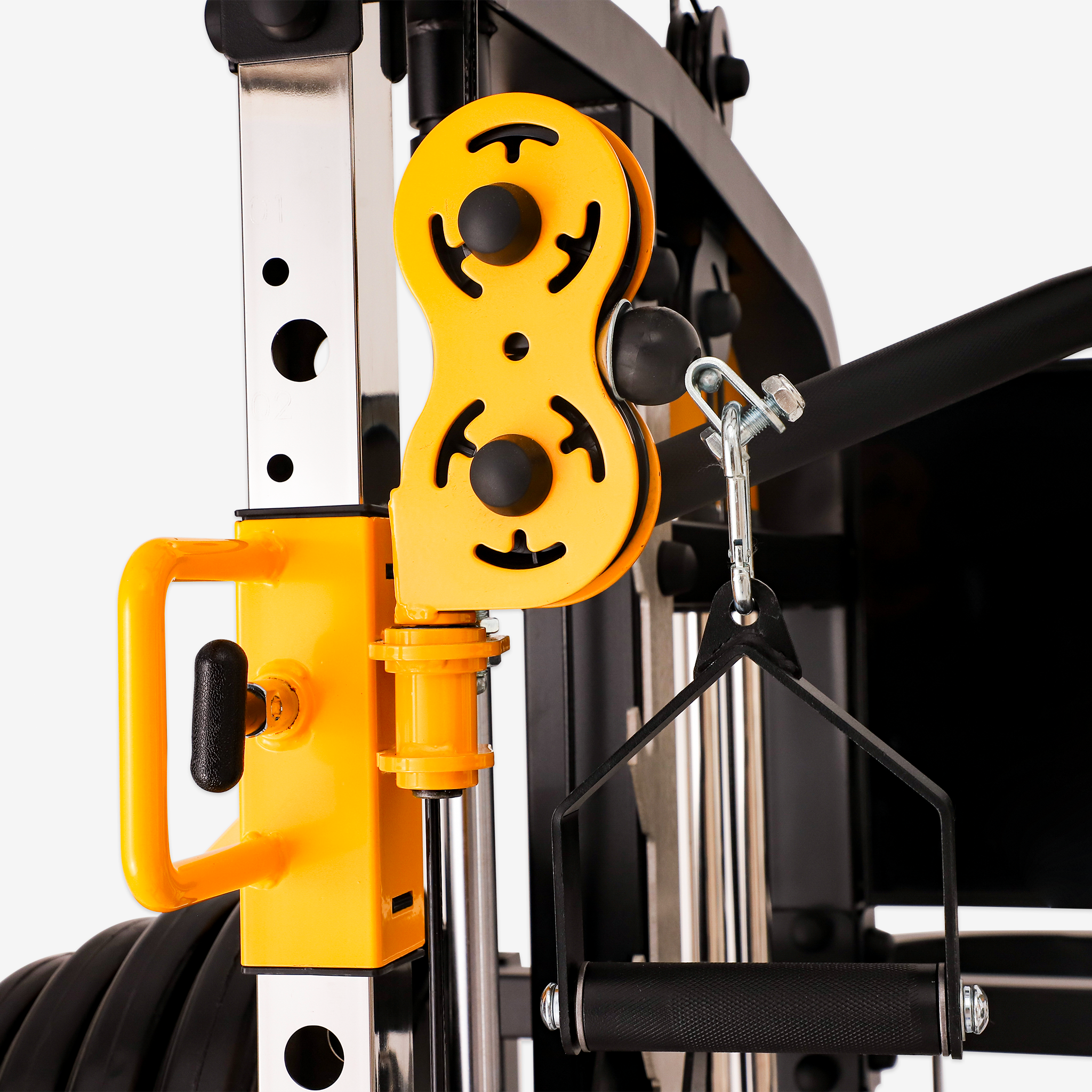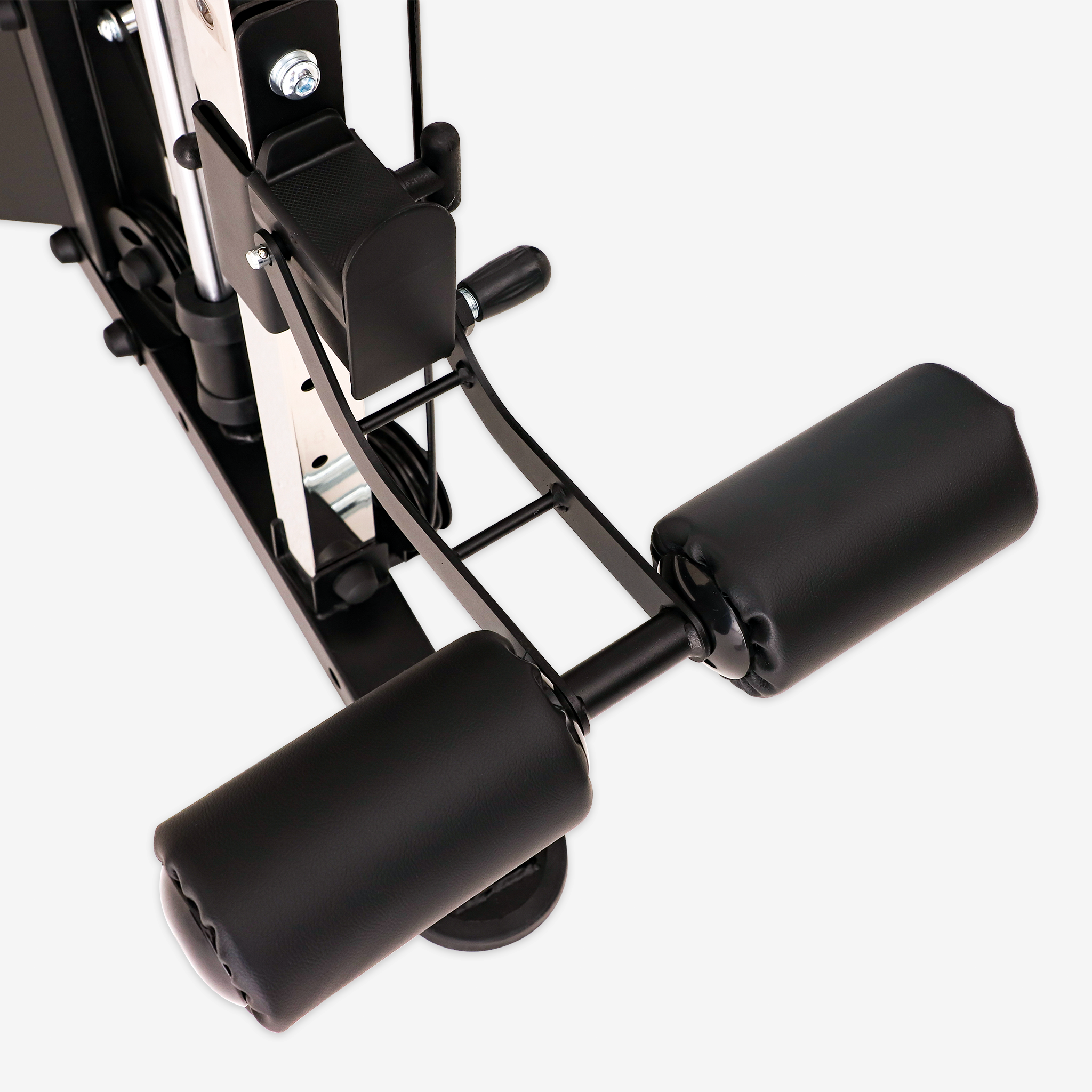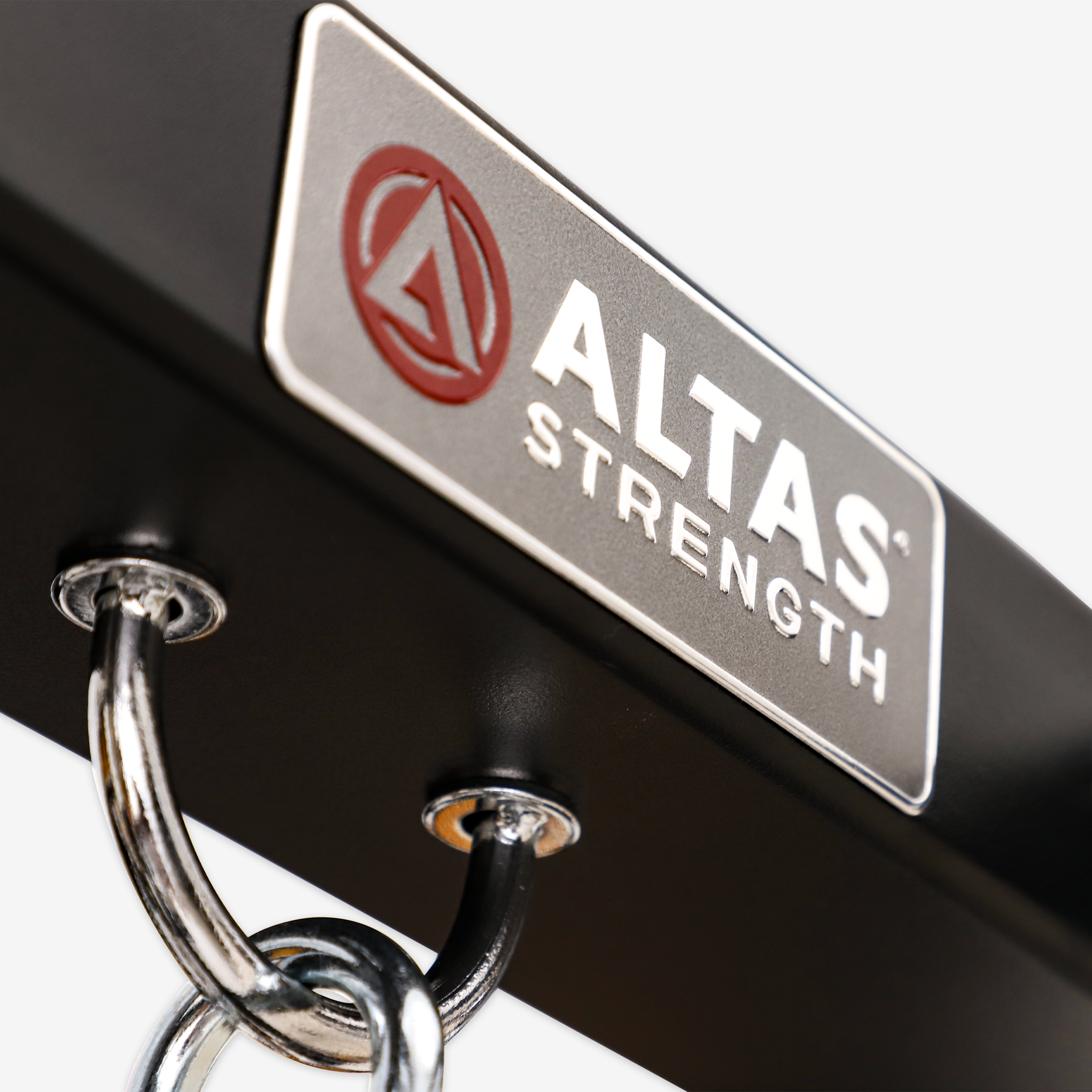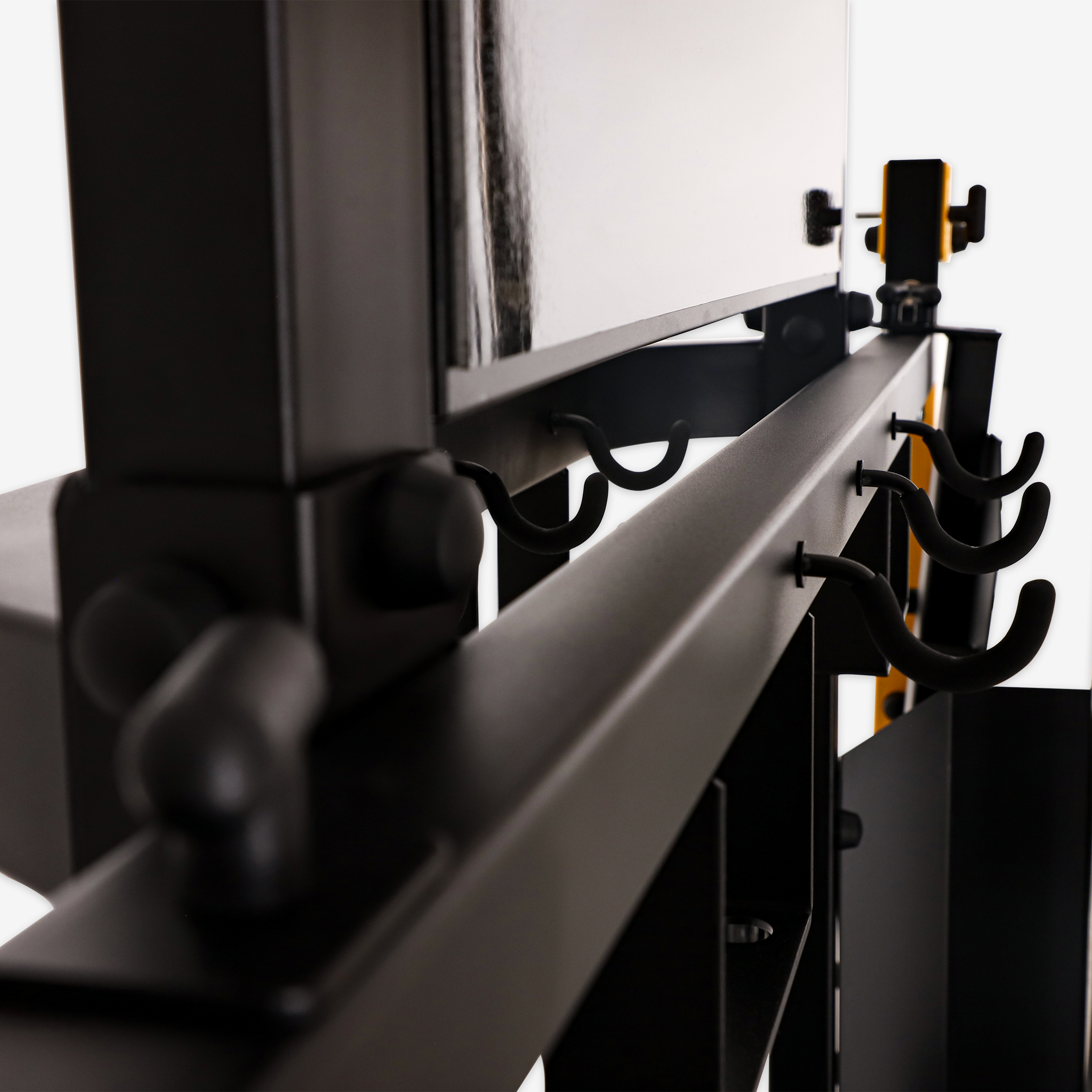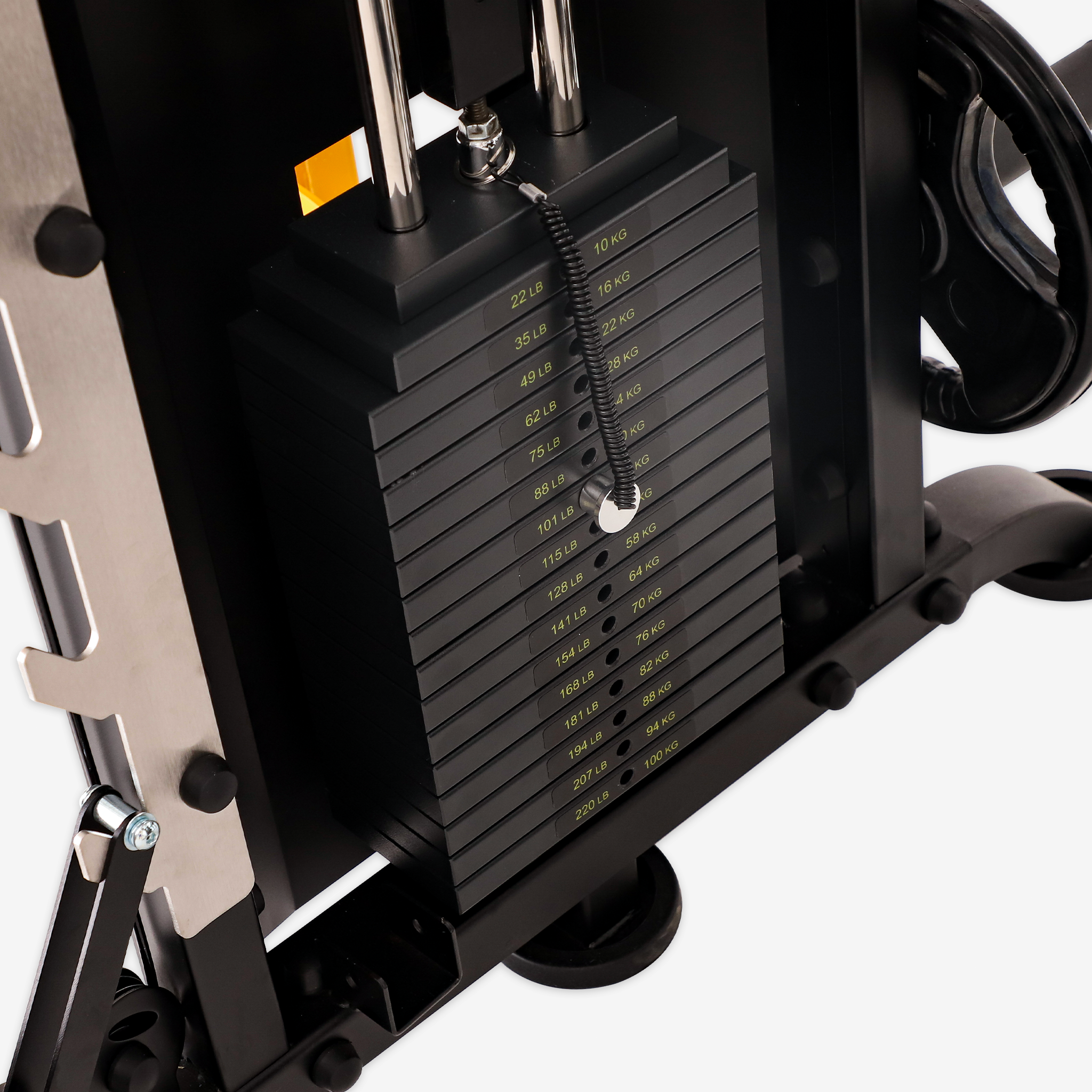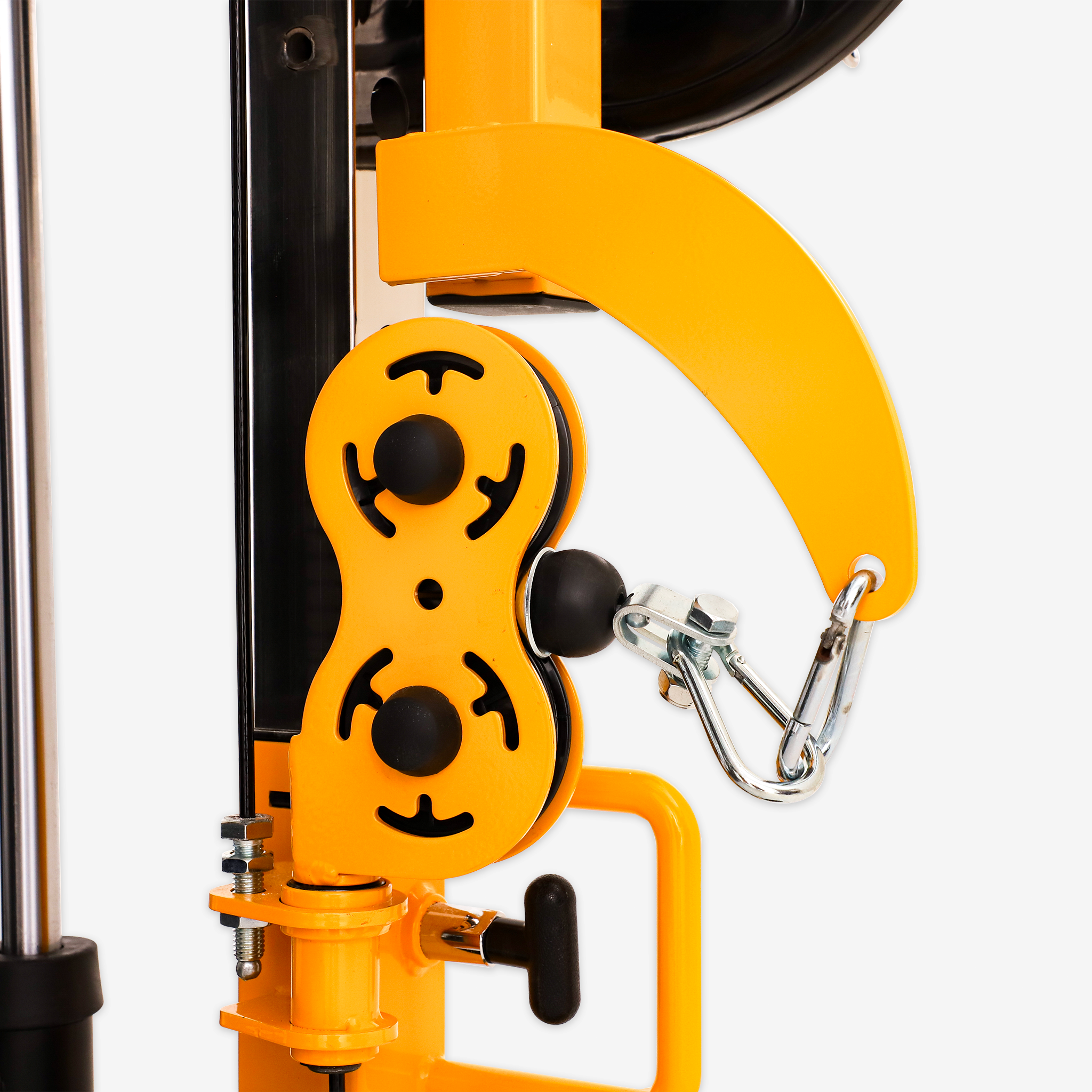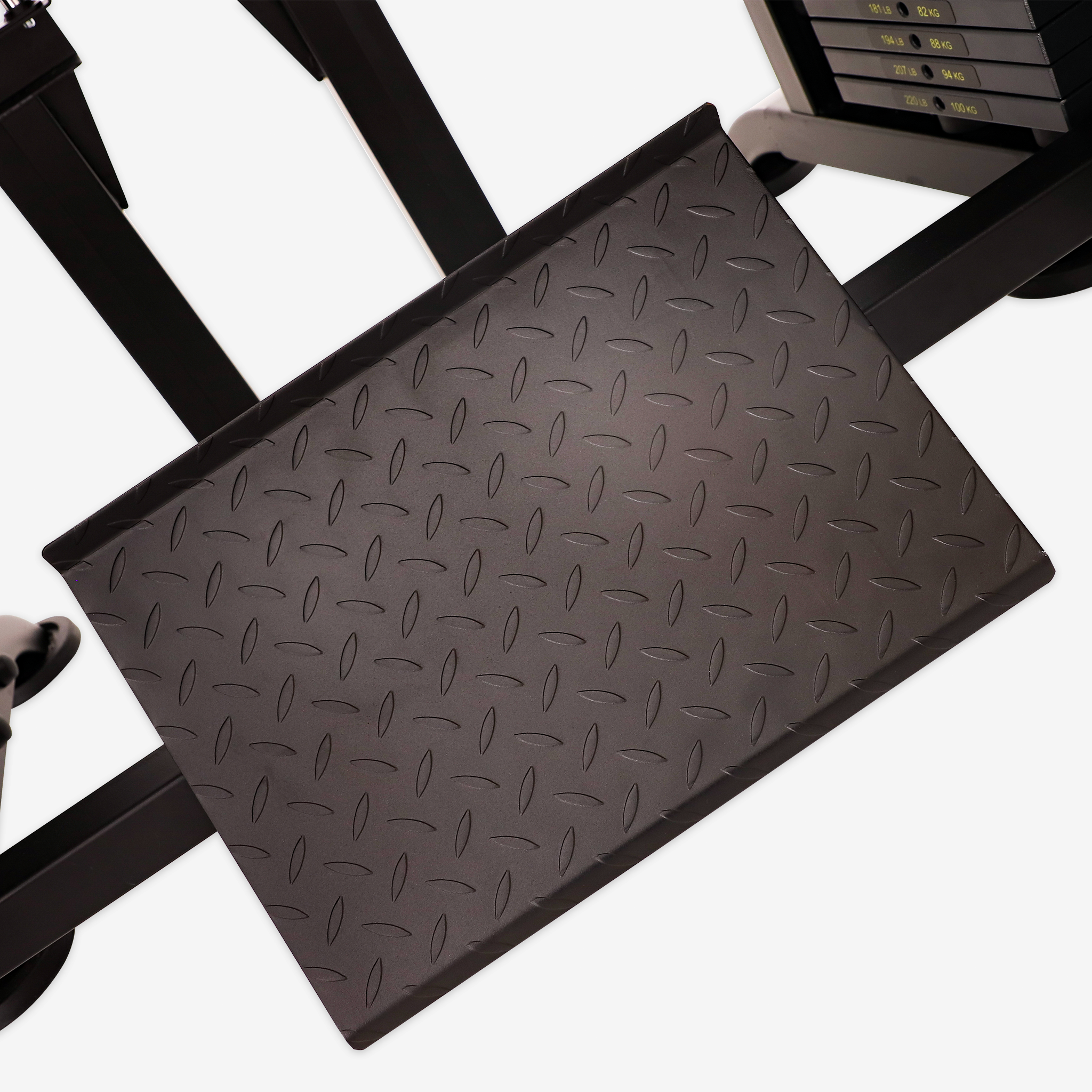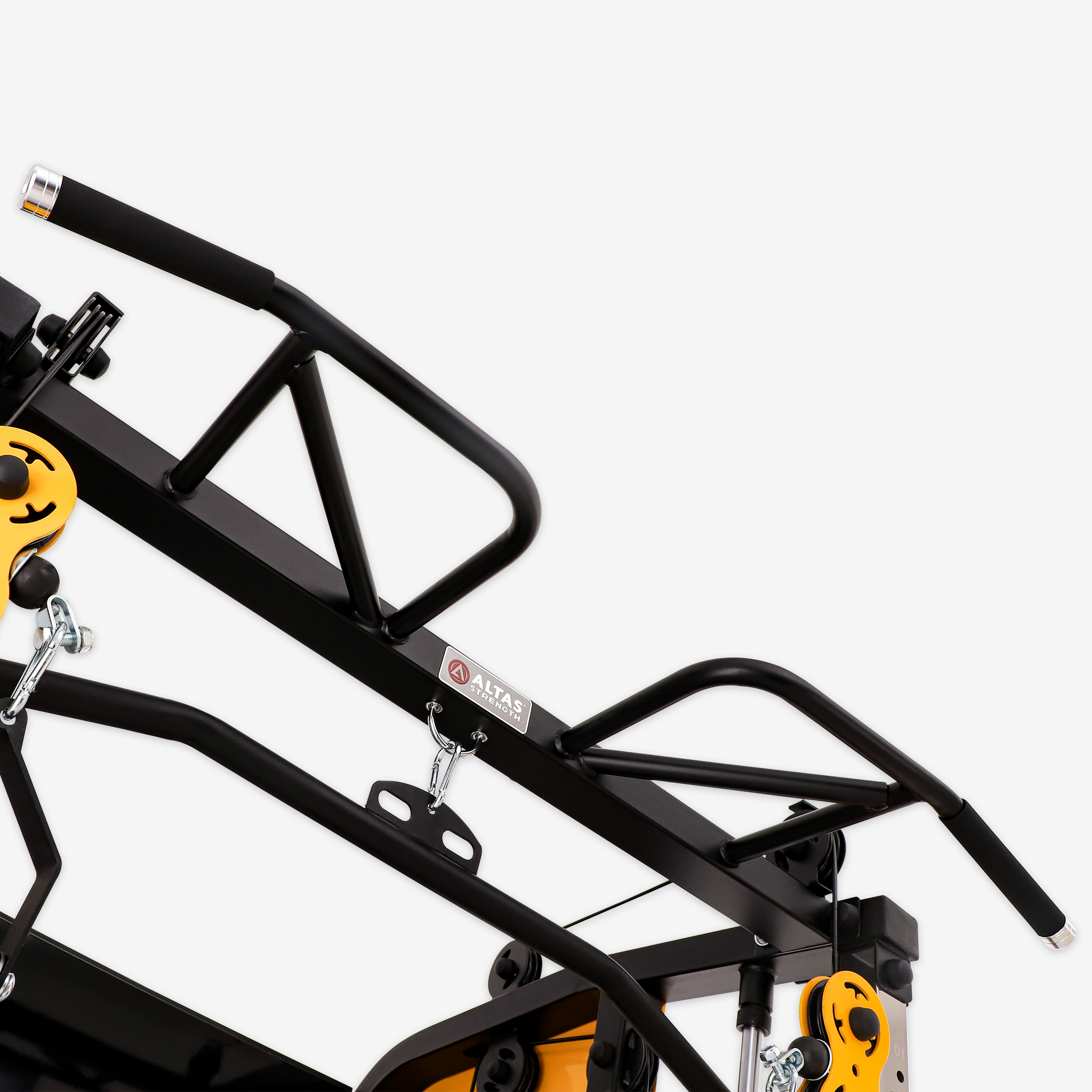Smith Machine Reverse Lunge: A Powerful Tool for Enhancing Lower Body Strength
The Smith machine reverse lunge combines the stability of a fixed bar path with the multi-joint activation of lunges, making it an excellent exercise for lower body strength. Whether you are a beginner looking for balance or an advanced athlete aiming to refine muscle engagement, the Smith machine reverse lunge can help target key muscle groups like the quadriceps, glutes, hamstrings, and core.
Benefits of the Smith Machine Reverse Lunge
1. Enhanced Stability and Reduced Balance Issues
The Smith machine's fixed bar path reduces balance concerns, allowing users to focus on movement quality and muscle engagement. It’s perfect for beginners or anyone who needs better muscle activation with reduced injury risks.
2. Even Weight Distribution
Since the bar follows a set path, it distributes weight evenly throughout the movement, leading to consistent pressure and improved muscle stability. This balanced training is beneficial in preventing posture-related injuries.
3. Progressive Training Intensity
The Smith machine makes it easy to adjust the weight precisely. You can start with lighter weights and progressively increase the load, helping build strength without risking overexertion.
Target Muscles in the Smith Machine Reverse Lunge
1. Quadriceps
The quadriceps of the front leg play a significant role, especially during knee extension and stabilization during the descent and ascent.
2. Gluteus Maximus
The back leg engages the glutes as you push off to return to the starting position, focusing on hip extension.
3. Hamstrings
Your hamstrings assist the quadriceps during the descent while also supporting hip extension, making them key contributors in this exercise.
4. Core Muscles
Even with reduced balance requirements, your core remains engaged to maintain posture stability, supporting overall movement control.
How to Perform the Smith Machine Reverse Lunge
1. Start Position
Stand with your feet shoulder-width apart, under the Smith machine bar, with the bar resting on your trapezius. Grip the bar firmly, engage your core, and maintain a straight back.
2. Step Back
Step one leg backward while keeping your front foot stable. Adjust your step length to ensure your back knee can descend close to the ground without discomfort.
3. Lunge Down
Lower yourself until the front thigh is parallel to the floor and the back knee is near the ground. Make sure your front knee doesn’t extend beyond your toes.
4. Return to Starting Position
Push back up using the strength of your front leg. Return to the starting position and repeat with the other leg.
Common Mistakes to Avoid
1. Knee Instability
Always ensure your front knee aligns with your toes to protect the knee joint from unnecessary strain.
2. Leaning Forward or Backward
Even with the Smith machine’s support, avoid slouching or leaning. Keep your back straight and core tight.
3. Incorrect Step Length
Take a comfortable step that allows for a deep lunge while maintaining balance and proper form. Avoid steps that are too long or too short.
Advanced Techniques and Variations
1. Single-Leg Reverse Lunge
Perform the reverse lunge with one leg continuously for added intensity and muscle isolation.
2. Add Weight or Time Limits
Increase the bar weight or set a time limit to improve muscle endurance and cardiovascular fitness.
3. Use Resistance Bands
Incorporating resistance bands can enhance glute activation, increasing the overall effectiveness of the exercise.
Conclusion
The Smith machine reverse lunge is an excellent lower body exercise for building strength in the quadriceps, glutes, and hamstrings. Whether you are new to weightlifting or an experienced athlete, mastering proper form and gradually increasing intensity can lead to impressive gains in strength and stability.

